5. Sorcerer (William Friedkin, 1977)
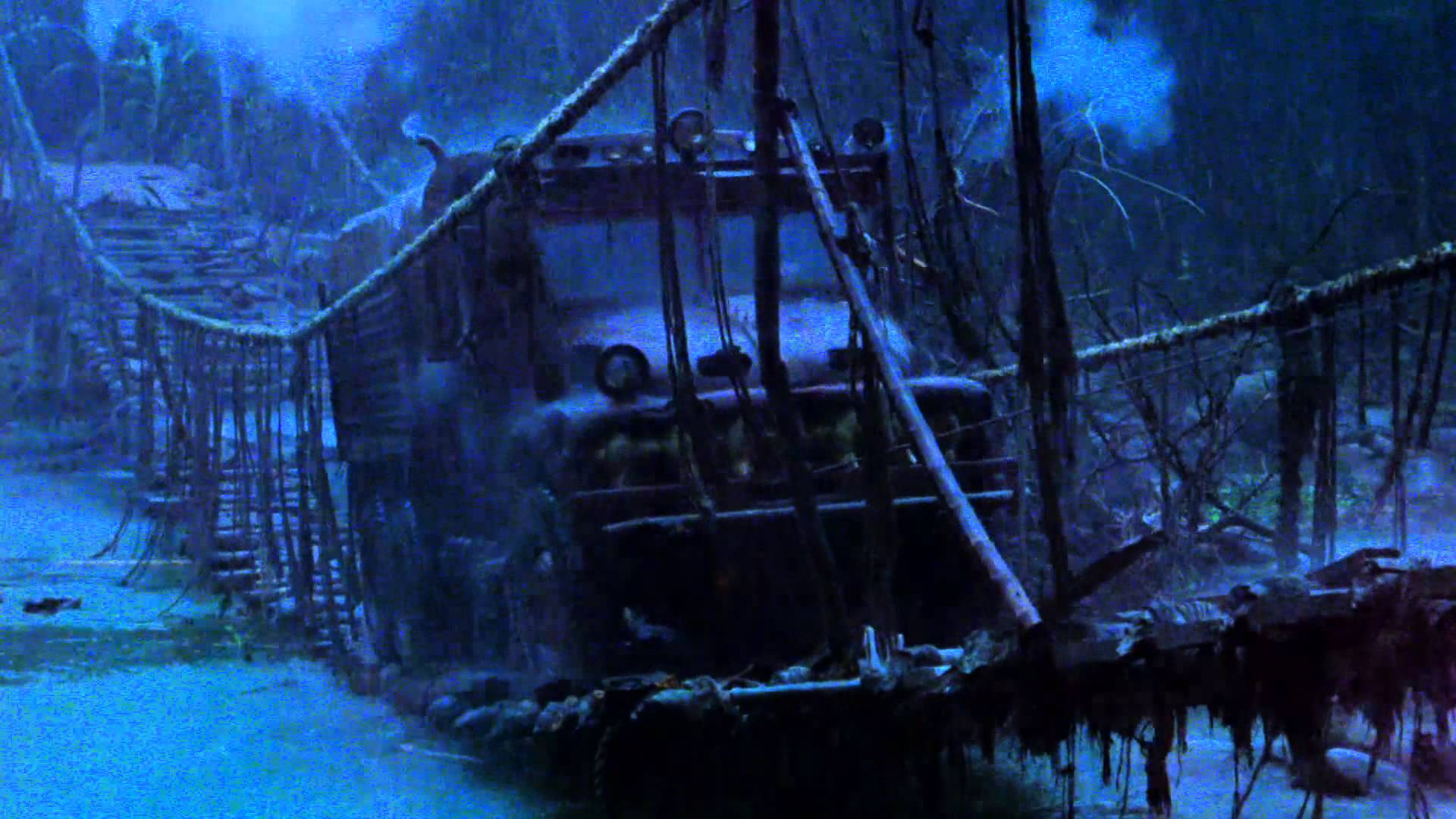
Based on the same novel as Henri-Georges Clouzot’s seminal film The Wages of Fear, this underrated thriller is a perfect example of how a relatively simple production can get carried out of hand.
The film follows four men, mostly criminals, who are hiding out in South America, working a terrible job for almost no money.When the oil company they work for has a large explosion at one of their plants, they need drivers to transport dynamite to the site in order quench the flames.
While the job pays very well, the dynamite has deteriorated and could detonate with bumps in the road. It doesn’t help them that the trucks they are taking are not the smoothest rides, but the four set out on the perilous, high tension, existential journey.
There were several reasons why the production of Sorcerer was so much more complex than the concept demanded. Friedkin insisted on filming in the South American jungles. The stunts of the film were also very problematic, and, do to the filming techniques, the actors typically could not use stunt doubles for the driving scenes.
One scene in particular, where the trucks had to cross a bridge over a river, was so complex to manufacture and execute that the scene took months to complete and cost over $3 million alone.
Unfortunately, all of the hard work was not appreciated at the time and the film was met with mediocre reviews and was overshadowed by the release of the first Star Wars. While over time it had become regarded as a lost masterpiece, director William Friedkin’s career never recovered.
4. The Wizard of Oz (Victor Fleming, 1939)
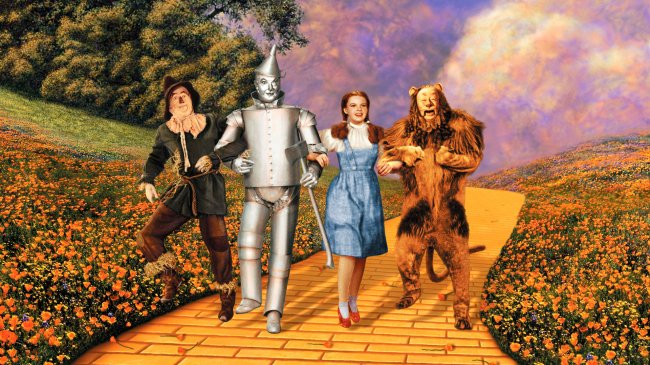
One of the most iconic Hollywood films of all time and a landmark of the fantasy genre, The Wizard of Oz was an ambitious undertaking and was extremely difficult to make.
The plot, based on the novel of the same name by L.Frank Baum, follows the adventure of Dorothy, a girl from Kansas, who gets swept away from her farm life into the magical world of Oz. Accompanied by her dog Toto, Dorothy must venture to find the magical Wizard of Oz who can help her get home.
Along the way, they pick up other companions, the Scarecrow, the Tin Man and the Cowardly Lion, all the while evading the attacks of the Wicked Witch of the West. The timeless story and the dazzling production is still as magical today as it was generations ago.
The road to completion for this film was long and arduous. The script went through countless rewrites from a myriad of writers, all with different interpretations of the story. The director’s seat was also inhabited by several different filmmakers, with the credited Fleming being number 3 out of 4.
George Cukor had the position before him and King Vidor took over at the end when Fleming was called away to finish Gone With the Wind. Creating the world of Oz was just as challenging as it might seem and every new scene took great amounts of work to make, for instance, gathering together enough short actors to play the munchkins.
There was also injury problems. Ray Bolger, the initial portrayer of the Tin Man, had to drop out because of the poisonous metallic powder that his face was painted with. Margaret Hamilton, who played the Wicked Witch, was severely burned with a pyrotechnic fixture and had to take weeks off of shooting to recover. In the end, however, the troubles were worth the cost as the film continues to maintain its legacy as one of the greatest of all time.
3. Roar (Noel Marshall, 1981)
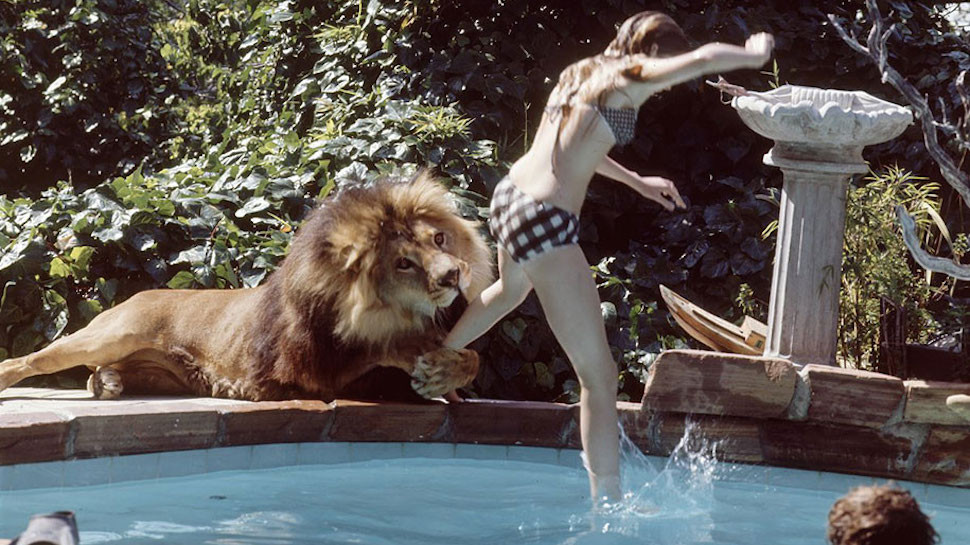
Roar is one of the most baffling projects ever given the green light in Hollywood. The premise itself is not terrible. Hank, played by Marshall, lives with over a hundred rare and dangerous animals.
He knows how to handle himself around the violent lions and tigers, but when his wife, played by Marshall’s wife Tippi Hedren, brings their kids to visit, the animals become a problem and things take a turn for the worse.
If this film were made today, the advancement in special effects could make it much more possible. Marshall, however, did not have those effects, instead using lots of bloodthirsty animals.
Most people would think that putting aggressive predators in such close quarters with human actors and crew would be a bad idea. They would be right. Almost all of the main cast, as well as cameramen, assistant directors and many more were assaulted by the mammals.
Some got off lucky with a simple bite here or there while others were mauled and suffered serious wounds. Despite being an obviously misconceived concept, Marshall continued on with it all the way.
By the time the film had been finished, 11 years had passed. the budget was way above projections and permanent scars were suffered. Roar is not a masterpiece by any means but it is a must see film due to the ludicrous idea of safety in filming.
2. Apocalypse Now (Francis Ford Coppola, 1979)
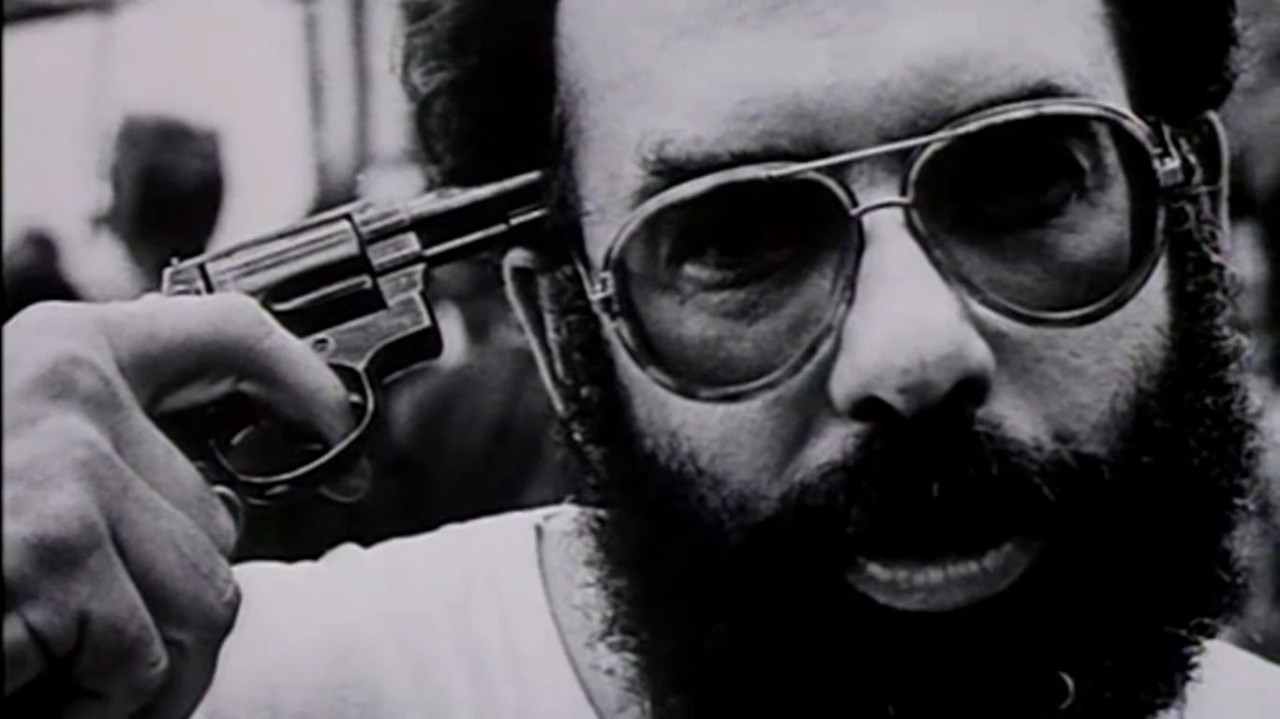
This monumental picture, now regarded as one of the finest war movies ever made, was also, almost as famously, one of the most troubled productions of all time. The film’s plot is a resetting of Joseph Conrad’s timeless novel, Heart of Darkness, transported to the Vietnam War.
Martin Sheen stars as Captain Benjamin Willard who is sent on a dangerous special mission into the heart of Cambodia in order to track down Colonel Kurtz, played by Marlon Brando, who has gone insane and started his own separate community on the river.
Accompanied by a small groups of soldiers, Willard journeys into the vicious battlegrounds of the war, meeting colorful characters in the natives and other soldiers as well as experiencing the brutality of the environment and the war.
The unfortunate production of the film is the focus of a great documentary Hearts of Darkness, and the true events depicted in that film are as interesting as the ones in Coppola’s film. Like many of the films on this list, the pre-production was lengthy, with directors and lead actors switching a few times.
When shooting was finally supposed to start, a typhoon came by, breaking sets and destroying the surrounding nature, and that was just the start. Marlon Brando showed up to work very overweight, causing Coppola to only film his face. Martin Sheen suffered a heart attack during filming and almost died trying to find help.
The shoot lasted much longer than planned and many expensive scenes were eventually left out of the finished product. While today the project is considered a definite triumph, at its release it met with lukewarm reviews.
1. Fitzcarraldo (Werner Herzog, 1982)
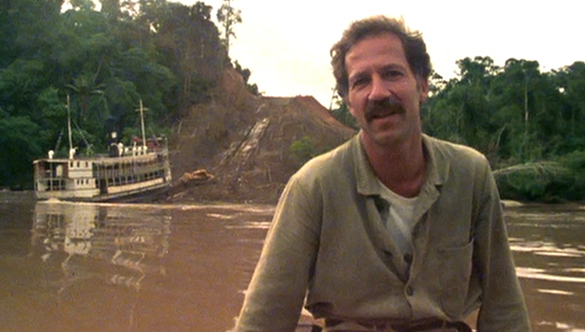
Only the Herzog’s mix of ambition and absolute lunacy could have created the filmmaking marvel that is Fitzcarraldo, which certainly deserves the top spot on a list such as this. Herzog regular Klaus Kinski stars as the titular Brian “Fitzcarraldo” Fitzgerald, an Irishman living in Peru during the 1890s.
With the influx of Europeans moving to the area, Fitzcarraldo wants to create an elegant opera house to attract the greatest performers in the world. He plans on tapping in on the growing rubber market of Peru to finance his project, but only one section of fruitful rubber trees was left untaken and it was made inaccessible by rapids in the river.
Fitzcarraldo thinks there is another option. By portaging an entire steamship across the land between two rivers he can gather the rubber and make his opera house. With the help of his lover, a brothel owner played by Claudia Cardinale, he buys a ship and crew, without telling them his insane plan.
The production troubles of Fitzcarraldo were not so much due to unforseen obstacles or accidents, but because of Herzog’s plan to make the film. The film was shot almost one and a half times, initially with Jason Robards in the lead role, but when Robards got sick and could not return Herzog had to start from scratch with Kinski.
It is heavily documented that Kinski was extremely volatile during the shoot and got in fights with everyone from crew members to the native extras on the shoot. The film was made almost entirely on the boat which didn’t help matters as people got sick, from both disease and rapid waters.
Still, the most troublesome aspect of the film was that Herzog insisted on recreating the events of the story without special effects, meaning that they actually had to drag a 320 ton ship up a steep, muddy hill, which was as problematic as it might sound.
The subject of several film documentaries including Burden of Dreams by Les Blank and My Best Friend by Herzog, Fitzcarraldo is a one of a kind masterpiece that is only made greater by knowing that what you see on screen actually happened.
Author Bio: Matthew Benbenek is an undergraduate Mechanical Engineering student at the University of Wisconsin – Madison. He has a passion for film, music and literature and, when not watching movies, is an amateur director and violin player.